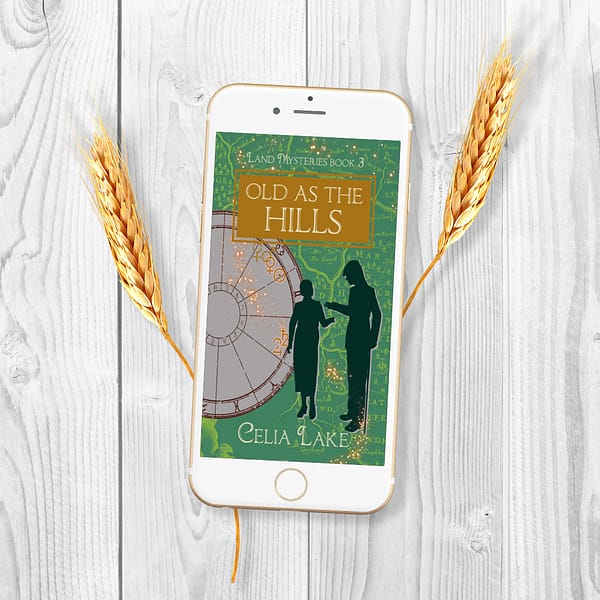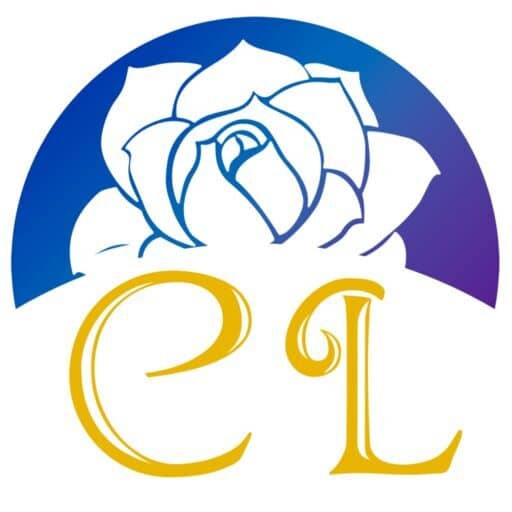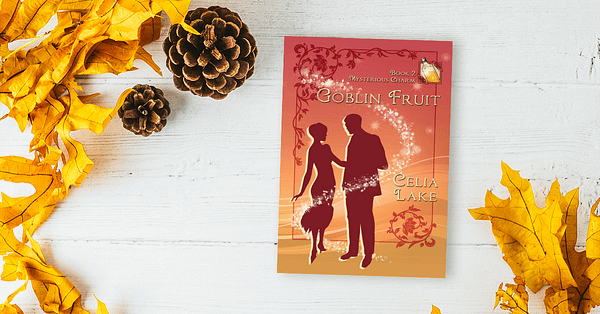Welcome to the Idea to Book post for Old As The Hills. There are quite a few unusual things about this book, and I’m excited to get to talk about them. First and perhaps most importantly, this is a book centred on two people in a longterm and loving marriage. It’s not a new romance. Second, it’s one of my books that writes closest to historical events. And third, it’s in conversation with a whole line of esoteric history. That means writing about that period in a way I haven’t done before.
Old As The Hills takes place in the first year of the Second World War, from November 1939 through August of 1940. It’s immediately followed by Upon A Summer’s Day, which picks up that evening and carries through December 1940.

A Loving Marriage
One new thing for me with this book was having the point of view characters not be in a new romance. They’re a happy married couple, established in their marriage. Gabe and Rathna have three children. And they’ve got good relationships with Gabe’s family (and with those of Rathna’s she’s found).
Gabe in The Fossil Door – their romance back in 1922 – is still so terribly young. Rathna is older. But while she’s mastered her chosen profession, she still has a lot to learn about the world. I wanted to spend time with them as the mature, accomplished adults they’ve both grown into. They’re people who understand what they’re good at, but both of them want to stretch and expand those limits.
I really wanted to write more about what Gabe was like once he was a fully mature adult, at the height of his powers. He has more to learn about the world – Gabe always does – but he has an excellent set of skills. And he brings those into new challenges, in the next book, too. Seeing how Rathna balances him – and what they’re both like when they’re apart – is the core of this book in many ways.
Not just romance
Another part of this was getting to write them both in close relationships (at least by the end of the book) with their apprentices. Both Gabe and Rathna are committed to passing on what they know to other people. But they also want to figure out how those apprentices can make it their own. As someone who is a librarian and sometimes also a teacher, I wanted to get a bit of that on the page. The wartime circumstances certainly give scope for a lot of learning!
It’s about the many ways we relate to the people around us, the ones we lean on. And it – and Upon A Summer’s Day – are about the different shapes that can take.
Writing closer to history
Once I’d decided to write into the second World War, obviously, thinking about how that affected the plot and the characters was a big part of that. Land Mysteries as a series has a larger arc about the land magic and the war. When I was planning, I found myself really wanted to spend more time with Gabe and Rathna.
They’re both deeply committed to doing what they can for the war effort, whatever way they can. Especially when it comes to saving a few more lives. There’s Rathna’s work in this book, to get just a few more people away from the ever expanding borders of Germany. Gabe trying to figure out how to bring together dozens of different shards of information and magic to do something helpful is another.
This is one of the rare books where I did an incredibly detailed timeline before I started writing. It’s a book where I had to. It includes key historical events like the invasion of the Low Countries, the fall of Paris, and the retreat from Dunkirk. Those have a big impact on the plot and on the lives of other characters, obviously.
(And then I had to figure out how to get Rathna back home. That involved a lot more peering at castle diagrams, timelines, and figuring out what different locations were used for during WW2 than I entirely want to think about.)
A Conversation with Esoteric History
In many ways, this book is in conversation with Katherine Kurtz’s novel Lammas Night (published in 1983). It takes on the question of the period from May to August 1940, and the question of sacrifice. I’ve read it many times, but when I was thinking about writing Old As The Hills, I found myself wanting different answers to those questions. Or rather different questions about what sacrifice is and isn’t.
(Also contrasting this with some choices Livia makes during this book, and the impact that has on this world.)
As I mention in the author’s notes, the actual history of this time period on the esoteric side is still complex to sort out decades later. That’s due to a combination of secrecy and lost connections. And people almost certainly telling some tall tales in a few places.
But at the core of it is this, which is documented truth: esotericists, occultists, and others who thought beyond the physical also were active in seeking what protection they could for the country. Whatever form that might take.
Of course, that did lead to my all time favourite start of a chapter ever. It’s is drawn from an esoteric working the week before the chapter takes place. (Gabe does explain himself a few paragraphs later.)
“Oh, merciful gods. You don’t have rampaging angels with swords stalking about the place.” Gabe let out a breath from the doorway of Schola’s salle. He hadn’t realised how much metaphysical aggravation he’d been carrying around.
Gabe, Old As the Hills, chapter 10 (February 5, 1940)
If all this intrigues, check out Old As The Hills.

